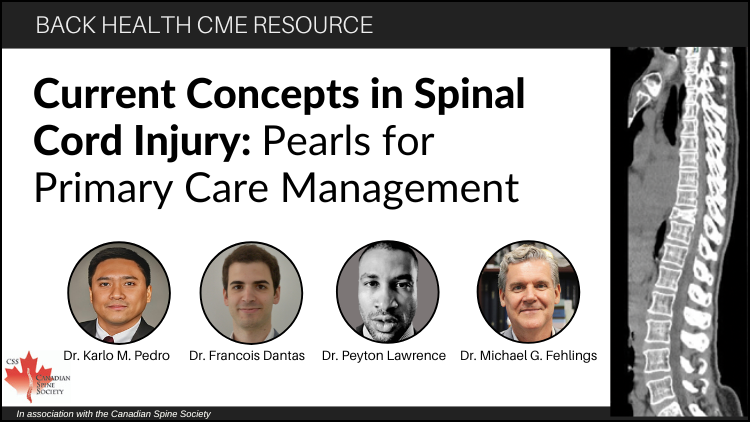1Division of Neurosurgery, Krembil Neuroscience Centre, Toronto Western Hospital, University Health Network, Institute of Medical Science, University of Toronto, Toronto, ON, Canada.
2Division of Neurosurgery, Krembil Neuroscience Centre, Toronto Western Hospital, University Health Network, Toronto, ON, Canada.
3Division of Neurosurgery, Krembil Neuroscience Centre, Toronto Western Hospital, University Health Network, Toronto, ON, Canada.
4Division of Neurosurgery, Krembil Neuroscience Centre, Toronto Western Hospital, University Health Network, Institute of Medical Science, University of Toronto, Division of Neurosurgery and Spine Program, University of Toronto, Toronto, ON, Canada.

